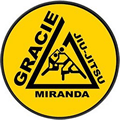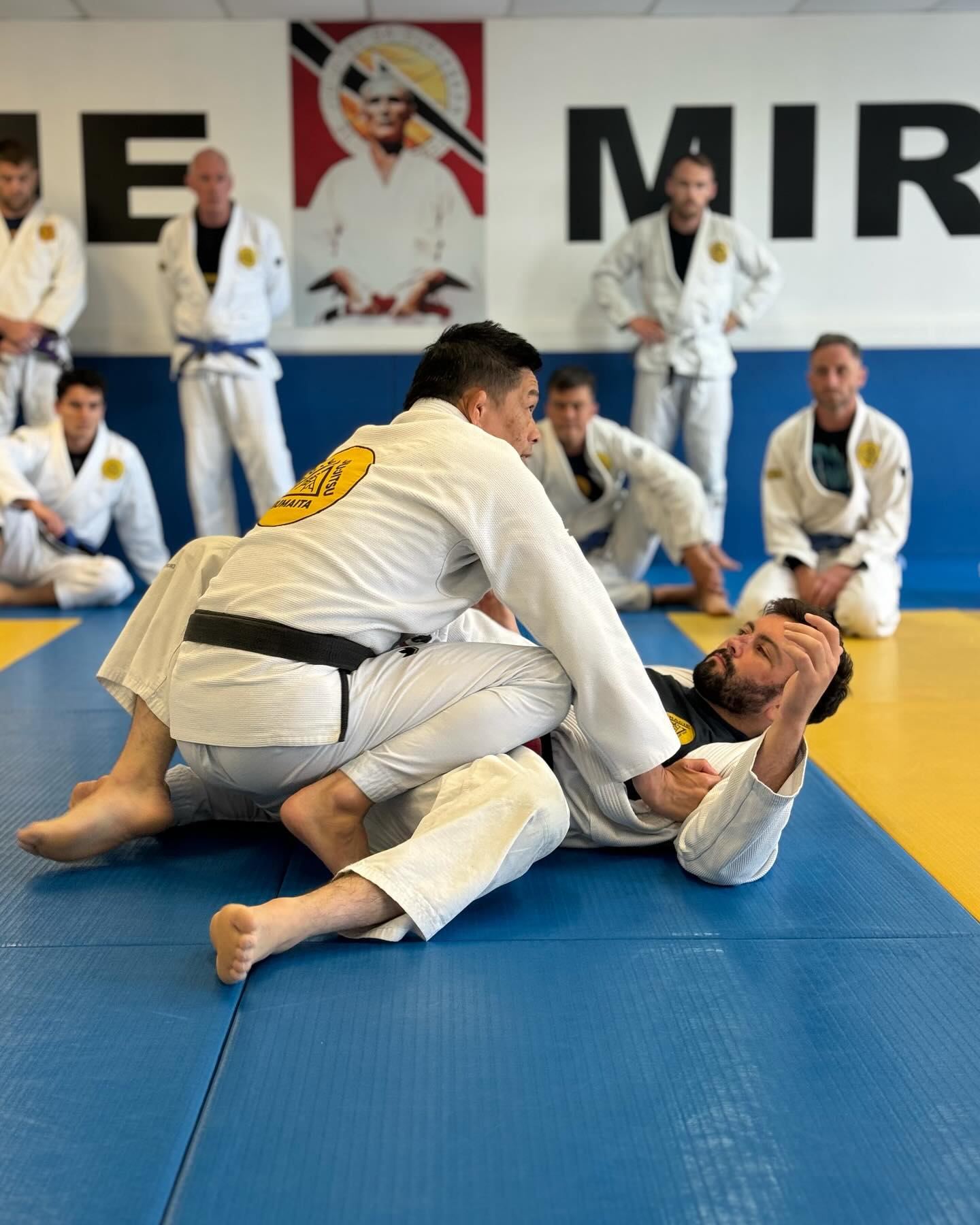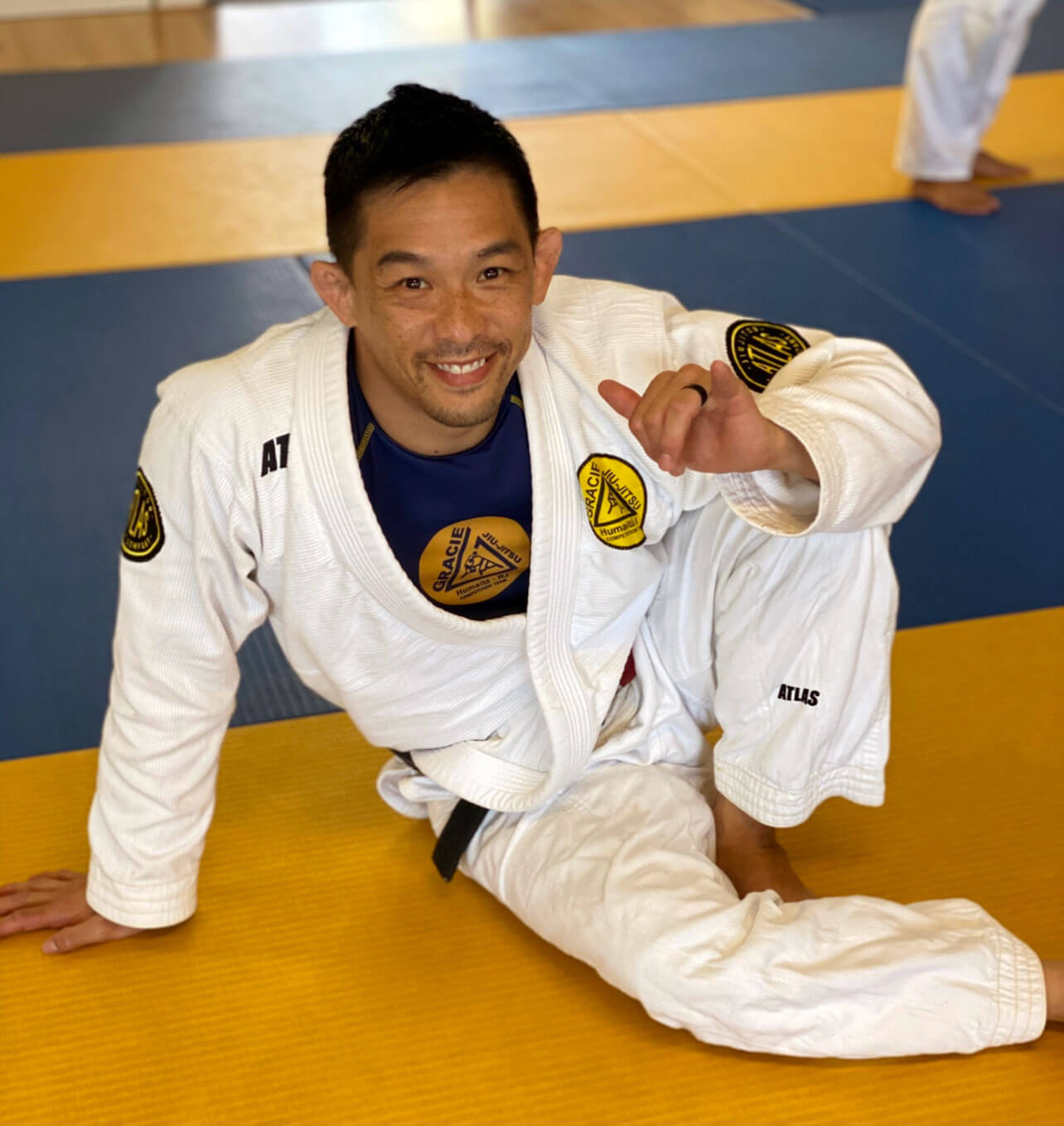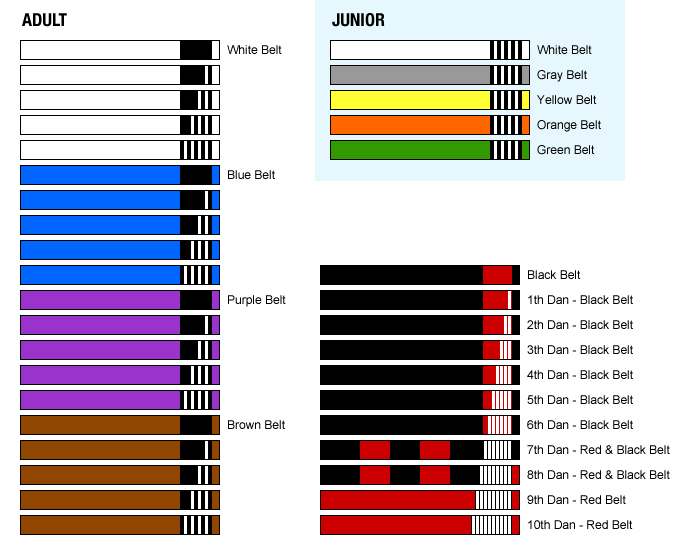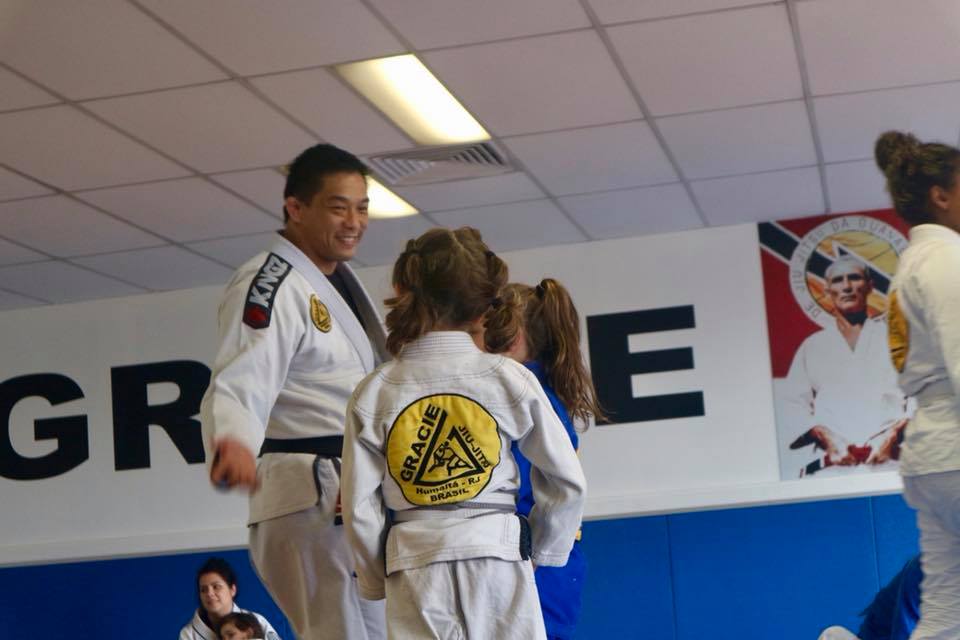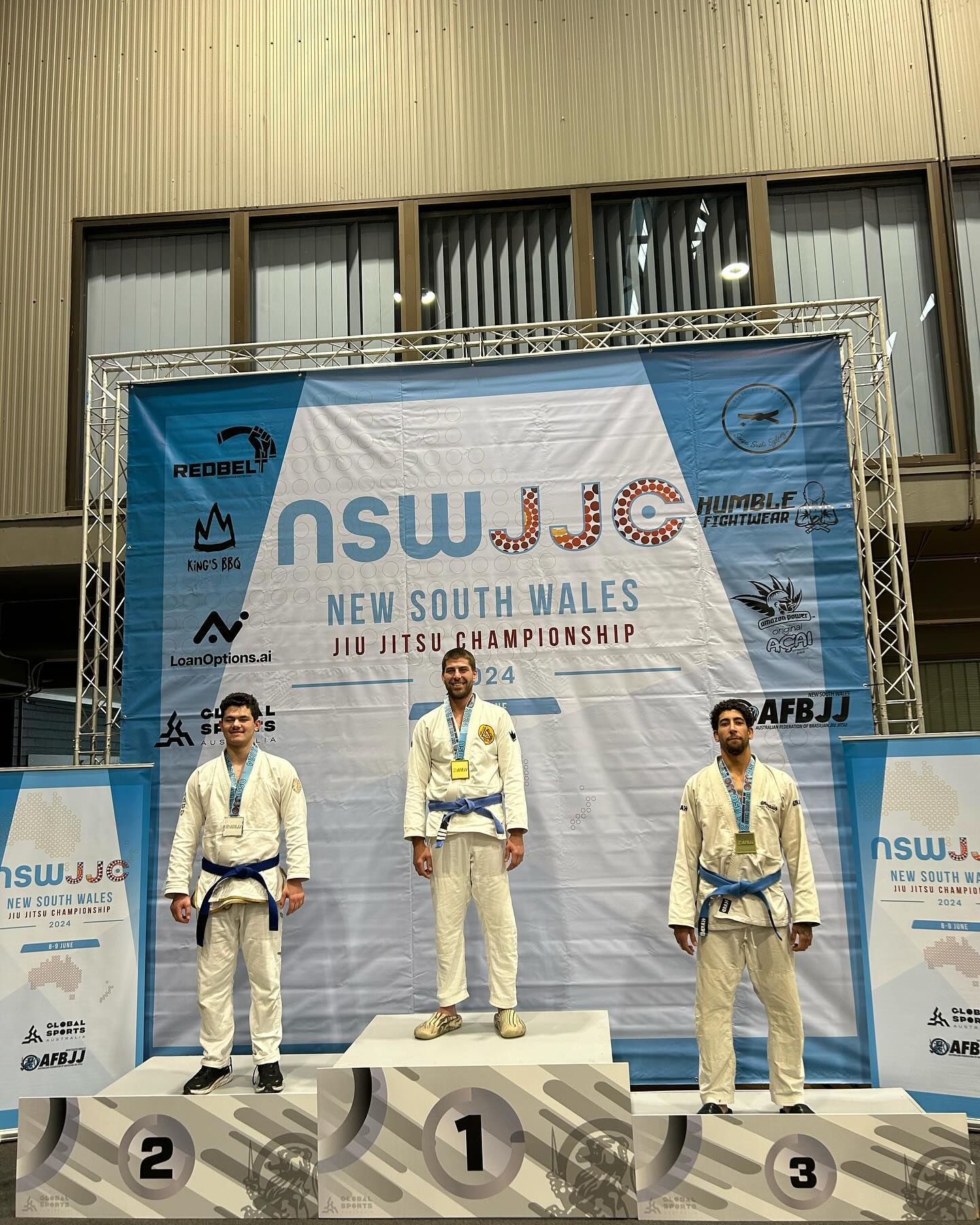A lot is made of kids studying Brazilian Jiu-Jitsu. That attention is justified: Martial arts are highly beneficial for children, and we love our kids classes at Gracie Miranda. But equally important are people beginning martial arts later in life.
We hear it all the time. People in their 50s, 40s or even 30s say they’d love to try BJJ, but they won’t sign up because they feel too old. We’re here to tell you: You’re not too old to start Jiu-Jitsu training.
You may think we’re biased – Gracie Miranda is a martial arts academy after all. But there are many examples of grapplers signing up for their first BJJ class later in life.
Russell Brand, now a purple belt, began at 41. Comedian Joey Diaz began BJJ training at 49. Before his tragic passing, Anthony Bourdain took up Jiu-Jitsu at 58. These are just three famous examples – academies around the world are home to many more grapplers who began just as late.
What’s equally important to note about the aforementioned celebrities is that none have an athletic background. You don’t need one either.
If you’re in the Sutherland Shire and are interested in martial arts, come into Gracie Miranda for a free BJJ trial. All ages are welcome!

BJJ Basics
Though we encourage people of all ages curious about BJJ to at least explore the option of signing up, there are a few things people in their 50s and 60s should know.
It starts with goals. In thinking about martial arts at an older age, you need to consider what you want to achieve. Although there are many local competitions you can absolutely still take part in, it’s too late for someone in their ‘50s to become a world champion. But it’s certainly not too late for that person to improve their self-defense skills, become healthier or become a capable wrestler.
The idea of becoming a Jiu-Jitsu expert is confronting to anyone of any age. But it’s more helpful to think of martial arts as skill acquisition. As long as you’re physically able – that is, don’t have debilitating injuries – it’s not too late to learn new skills.
Before we go into how to overcome that hurdle, it’s worth making clear what Jiu-Jitsu precisely is.
BJJ is a grappling martial art. Unlike styles like Karate or Muay-Thai, there is no striking in Jiu-Jitsu. It’s entirely about grappling, and mostly about grappling on the ground. Unlike wrestling and Judo, there’s a limited focus on slamming your opponent to the ground.
A key part of Jiu-Jitsu is the guard, which refers to the space between your hips and toes. In short, the guard is a system of offence and self-defence that allows you to be lethal from your back.
Note a few things here. First, in removing strikes and minimizing takedowns, Jiu-Jitsu avoids the more dangerous elements of martial arts training. A hard kick to the head or torso is ruinous to anyone of any age, as can be a powerful throw. Right off the bat, these injury risks are vastly lowered.
Like every other athletic endeavor, injuries do happen in Jiu-Jitsu. But these come from largely avoidable factors. More on this in a second.
Tips for older grapplers
It’s very possible for you to begin Jiu-Jitsu later in life and, through years of training, become a skilled grappler. But it’s important to acknowledge that age is a disadvantage. What’s more important to know is that it’s a disadvantage that can be overcome. Here are some tips to do just that.
Warm up, cool down: As noted above, many injuries sustained on BJJ mats are avoidable. One easy way to help yourself is to warm up and cool down. Jiu-Jitsu sparring is a dynamic practice, one that your body needs to be prepared for.
We have a warm up session at the beginning of every class at Gracie Miranda. Make sure you arrive on time so that you’re not going into drilling and sparring cold. Similarly, it’s a good idea to spend between 15 and 30 minutes with cool down stretching sometime after training. It’ll help your body recover. Speaking of which…
Slow and steady: Young people recover a lot quicker than older people – it’s an unfortunate fact of life. Instead of fighting against this truth, work with it. Make sure you get ample sleep and hydration. Equally important, pace yourself during training. If you find martial arts training is making you fatigued during every-day life, make a concerted effort to mix up your BJJ schedule so that you’re not training hard every class. It’s OK to come on the mats and have a light session!
Tap early, tap often: The epitome of “avoidable injury” is the one sustained by the practitioner who simply doesn’t want to tap out. There’s no shame in submission – anyone who’s been training for a few years has tapped out hundreds of times.
Jiu-Jitsu is about learning, not winning. If you find yourself in a bad position – in a rear-naked choke or a tight armbar – it’s because you already made several mistakes. Focus on correcting the mistakes that got you there instead of trying to spasm your way out of the position.
